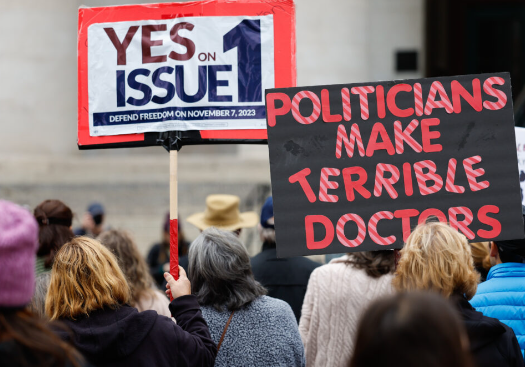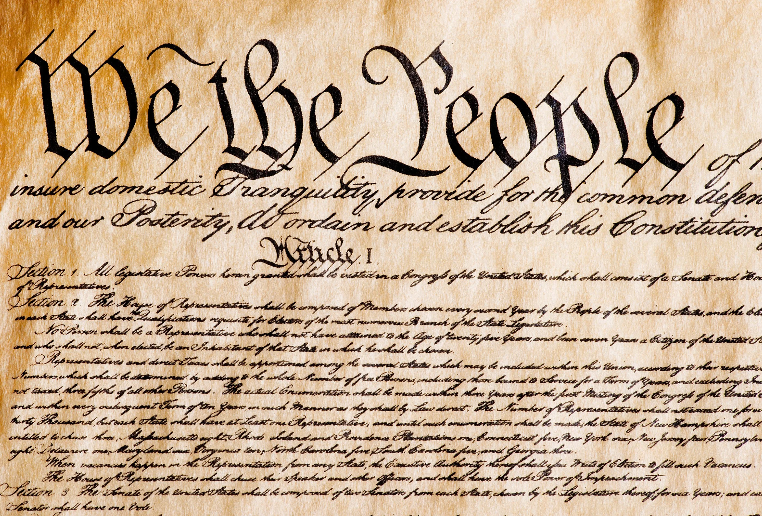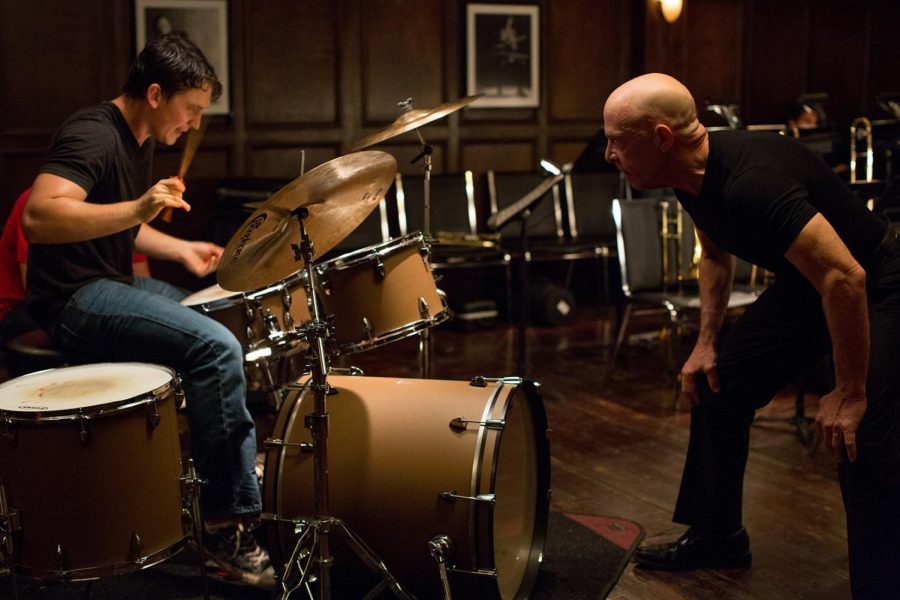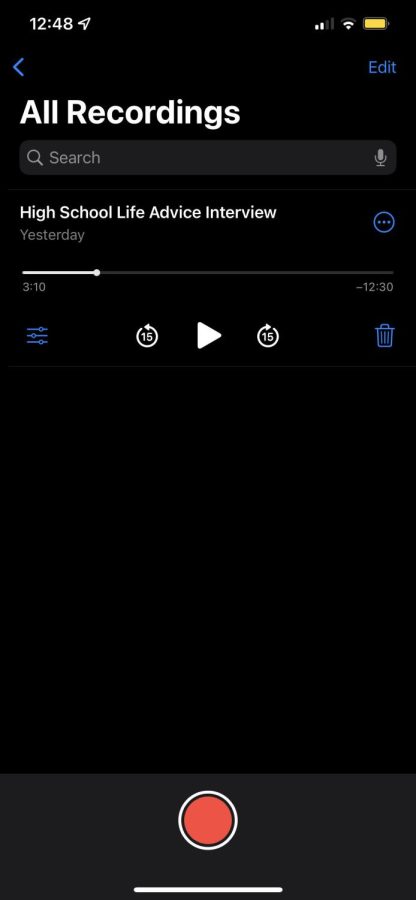“The Westlake Board of Education realizes that the dress and appearance of students is the joint responsibility of the schools and the home,” and so begins the appearance code of Westlake High School. Recently, across the country and across the internet, school dress codes have become an increasingly important argument among the student body. As many are familiar, dress codes (or “appearance codes”) are a set of rules that dictate appropriate dress for students in school buildings. Often dress codes handle topics such as appropriate length of clothes, content displayed on clothes, and accessories, such as headwear. While many school administrations argue that the dress code creates a comfortable environment for learning, students are beginning to raise concerns about the fairness and logic behind these dress codes. We talked to Westlake students and families to bring you the general student opinion and to start this discussion regarding dress codes in schools.
As Westlake students, we’ve had many conversations with other students regarding the dress code. And in most cases, at some point in the conversation, someone would mention how they wish they could say something. So we’re saying something. It makes sense that there are limits on what can be worn in school. However, how students can dress is a very complex topic, and handling it the wrong way introduces many problems.
For one, most students agree that dress codes are strictly gender based, and in most cases, target female students. Dress codes perpetuate victim-blaming culture and bring it into schools. By blaming young women for being “distracting” and telling them to cover up their bodies, dress codes are taking attention away from the people who should be held accountable. One student that we interviewed, who prefers to remain anonymous, expressed that rather than telling girls to cover up their bodies, schools should, “teach boys and students and teachers how to control their gaze and be able to respect their peers.” Another says, “It’s humiliating to be told that your existence as a human is distracting, and it is demeaning to have your education be less valued than those of your male peers due to your body. Something you don’t even have control over. The state of our current dress code perpetuates the idea that it is ok to hold others accountable for the actions of our men.” These stigmas can contribute to female students’ own self confidence, with the notion that their educations are less valued than their male counterparts’. Essentially, many students believe that these rules blame female students for their fellow peers’ and staff’s “wandering eyes,” which they have no control over. From disrupting education to affecting mental health, it seems like this has an effect on the majority of female students.
But of course, not all students have the same opinion. One student whom we talked with is in agreement with the majority of the dress code. They say, “Although most of the dress code is there to promote a comfortable and more serious school atmosphere, not all of it makes sense… it needs to be enforced—or at least updated.” This student is referring to the “Appearance Code” in the Westlake High School Handbook which prohibits the wearing of coats in school. The mere vagueness of rules similar to this one seem to serve no purpose. Another student later states, “Personally, I wouldn’t even expect the abolishment of the dress code, just for it to be reformed in order to remove these sexist ideals and for it to be equally enforced.” It is true that many students have noticed such discrimination occur in their own learning environments. But that raises the question, who does this discrimination apply to?
In the 2017-2018 school year, the National Center for Education Statistics found that the percentage of schools reporting the enforcement of a strict dress code was greater for middle schools (62 percent) and for high schools (56 percent) than the percentage of primary schools enforcing a strict dress code (43 percent). The introduction of a dress code in primary schools, where the students are children ages 5 to 13, can be harmful. As a representative for the National Eating Disorders Association explains, “Fervent dress-coding is not only sexist; it also reinforces an already prevalent body-shaming culture, kick-starting the phenomenon at an early age.” This can lead to depression, anxiety, or extreme body dysmorphia in students’ later years. These rules can be seen enforced on, especially, students of color, with a focus on skirt and shorts length, bare midriffs, exposed shoulders and too-tight pants. Because dress codes place such an unfair emphasis on students’ bodies, they naturally discriminate against students of different body types. The subjectivity of dress codes give staff the “right” to judge a student’s body and determine whether it is appropriate for the classroom. When a student wearing the same top as another person with a different body type gets dress-coded, they are given the message that their body is something they should be ashamed of. Ultimately, the dress code does not dictate what clothes are acceptable, but who is wearing them. In a world where feeling insecure about one’s body is already too widespread, introducing the notion that bigger or curvier bodies are not appropriate for school is simply wrong.
Many school administrators will justify their dress code by saying that it prevents distraction in the classroom. In fact, Westlake’s own appearance code outlaws “distracting” clothing. But when it comes down what’s more distracting, aren’t the consequences of being dress coded worse? When a student is sent to change their clothes in the middle of a school day, they are missing valuable class time and information. That is if they aren’t sent home altogether. On top of this, many students explain that they spend excessive time and energy worrying about whether their clothes are dress-code friendly or not. Students shouldn’t have to be stressed about their clothes when they already have to worry about schoolwork and tests.
Asking schools to abolish their dress-codes altogether is a lot to ask, but at the very least, schools should reform their dress codes to protect all students’ educations. A simple search for dress codes on Change.org, a website where individuals can create petitions, brings up nearly 4,000 results. In fact, schools as close as Avon Lake have taken to the website to bring awareness to the pitfalls of their school dress code. Clothing isn’t just pieces of cloth, it’s also a way to express one’s self without having to say or do anything. Fashion should be a safe outlet for students, and adults alike, to express their creativity and find themselves. Schools shouldn’t have the power to limit what students can or can’t wear. So when the school handbook says, “Students have the right to be free from discrimination on the basis of race, sex… national origin… citizenship status [and] religion, ” we can’t help but wonder… Do they really mean it?



















